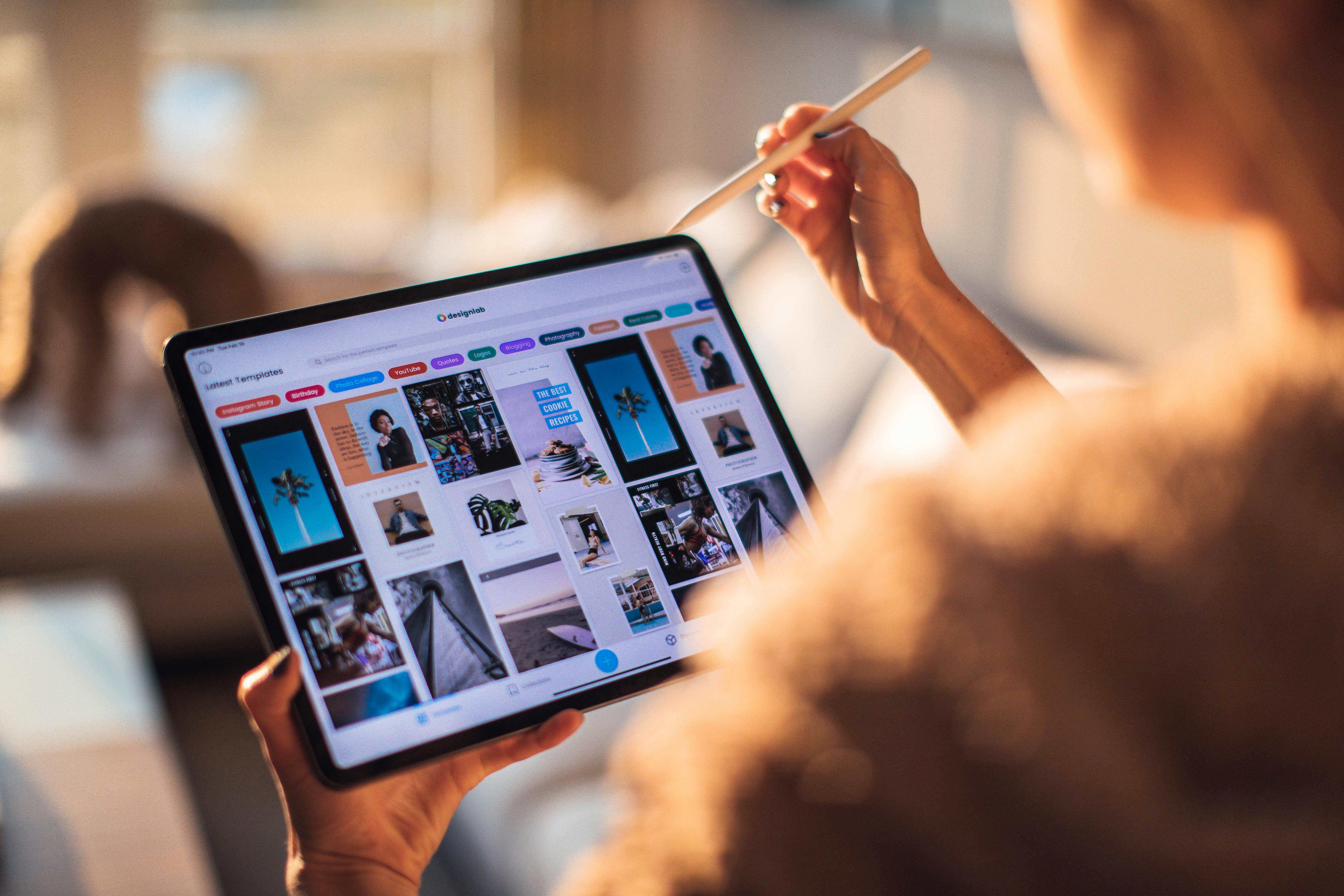Any parent or caregiver of a disabled child knows the enormous cost of purchasing equipment for the disabled. Over and over again parents ask me if there is a cheaper alternative to the assistive device or equipment they wish to purchase for their child.
Why is the cost so much higher for children? That is an answer that I am looking to find, but so far what I have found is that the smaller the chair, the more expensive it can be. Incredible I know; you’d think the opposite would be the case, but it all comes down to demand. If something is sold in large quantities, the cost is reduced; if the opposite applies, the cost increases. That is why a 12 “chair is much more expensive than an 18” chair (basic models).
Our hearts go out to all parents and caregivers who have a disabled child, as we know the enormous financial burden that falls on them. Everyone wants to give their children the best, but sometimes it just can’t be done, as medical aids are often not enough to pay for sometimes crucial equipment that can help the child’s development.
The range of mobility equipment for children is wide and wheelchair prices can range from a fairly affordable R8 to R10,000, to a 4 x 4 remote-controlled parental chair that costs R200,000.
Some children may use for chairs that give them maximum range of motion and encourage upper body development, these will range from R10,000 upwards. Others less fortunate are limited to higher-back wheelchairs or specialty chairs with space tilt and recline function, and these become much more expensive, depending on the brand chosen. My advice here if money is limited is to look for less expensive alternatives that are as good as the brands.
Standing supports are something that all parents would love to have for their children, as standing supports bone density and muscle growth, as well as aiding good bowel function and an overall sense of well-being.
For children who can walk even a little bit, one of the best walkers is the reverse walker with posture control, the most popular being the reverse walker Kaye. All of these walkers are designed so that walking uses less energy and also improves postural alignment and promotes the ability to walk, especially in children with cerebral palsy and musculoskeletal deficiencies. Improvements in alignment have also been observed, as the child no longer leans when walking, as is the case with forward walkers, and balance, stride and stride length are greatly improved.
Don’t forget the enormous therapeutic benefits of water. The pools and the sea are wonderful for children (always with someone there, of course) and there are some devices that make it easier for children to enjoy the water. There are many flotation devices around that act as buoyancy aids and then for those who can afford one, a beach wheelchair is one of those luxury items that kids love and never want to get out of.
They can be used safely in all pools and on the beach and are very easy to push on the sand.
These are just a few of the wide range of assistive devices out there.
